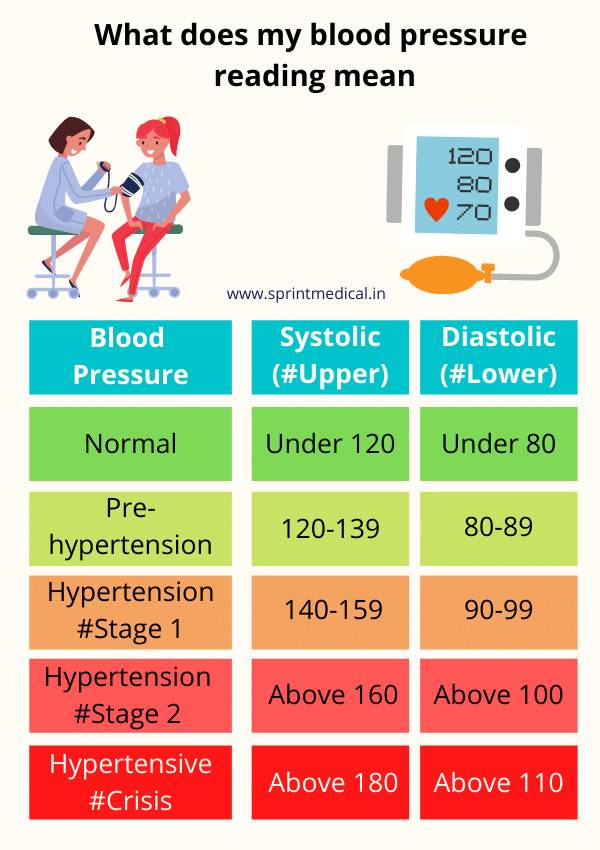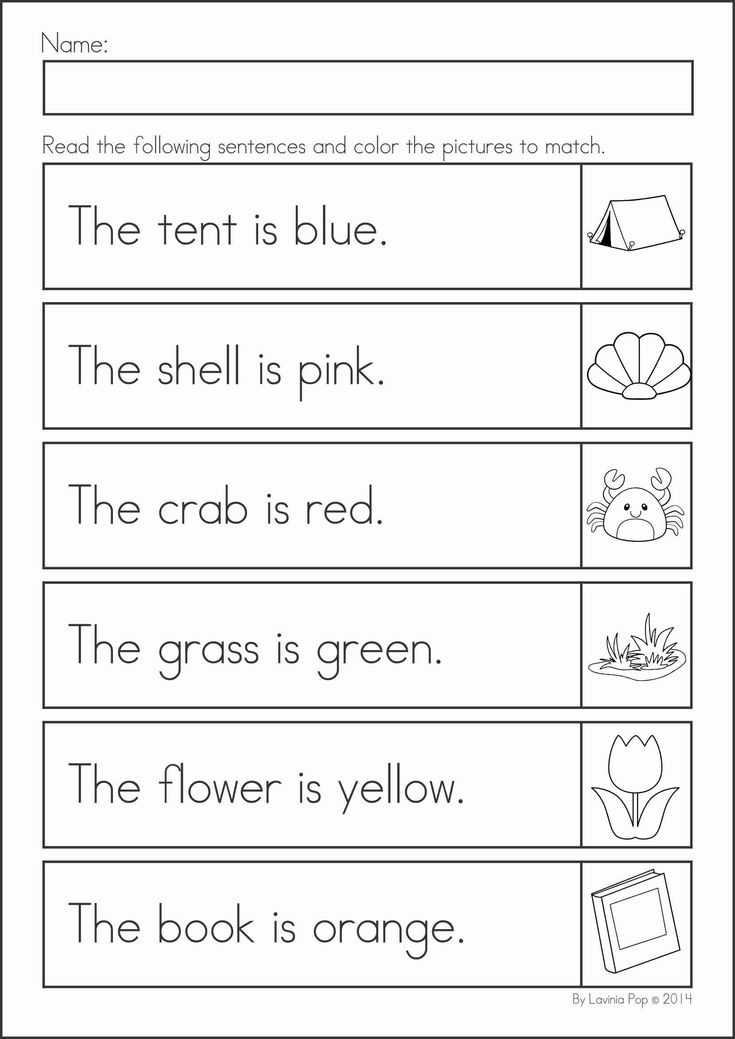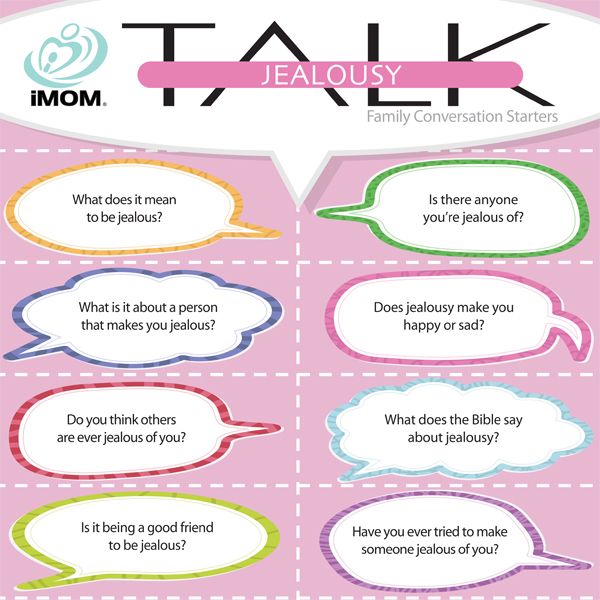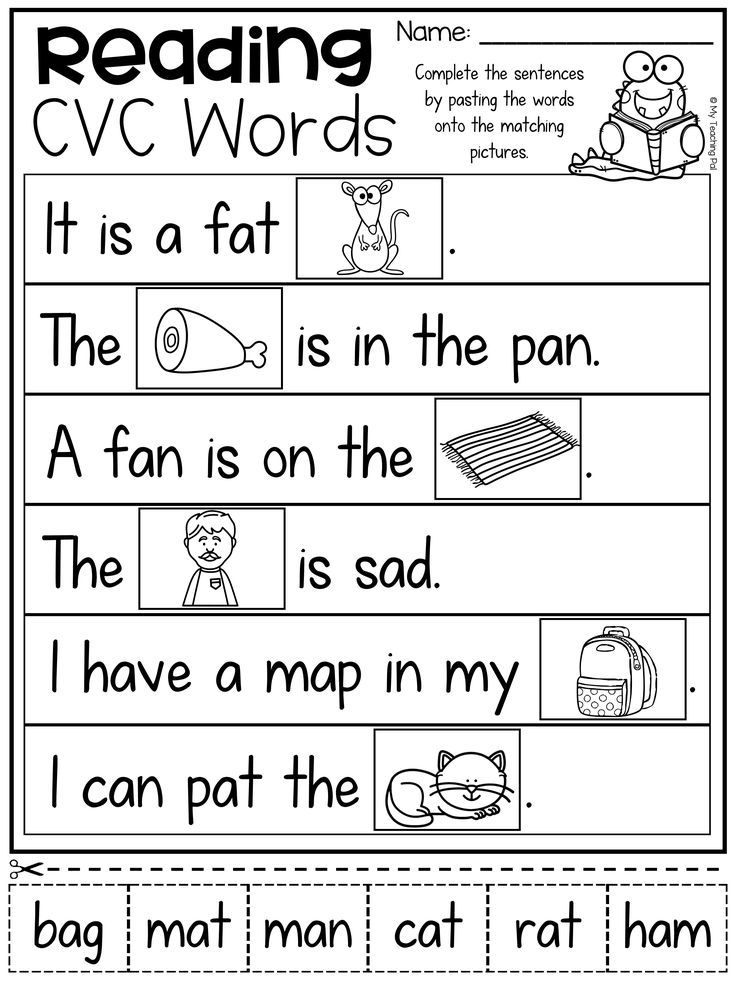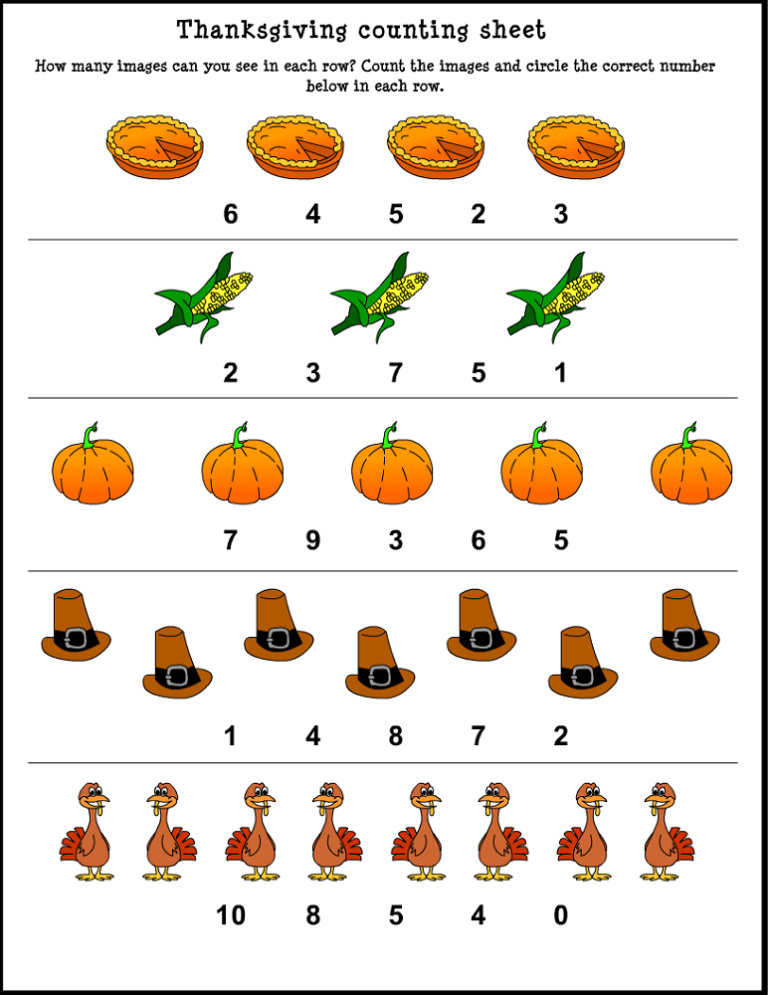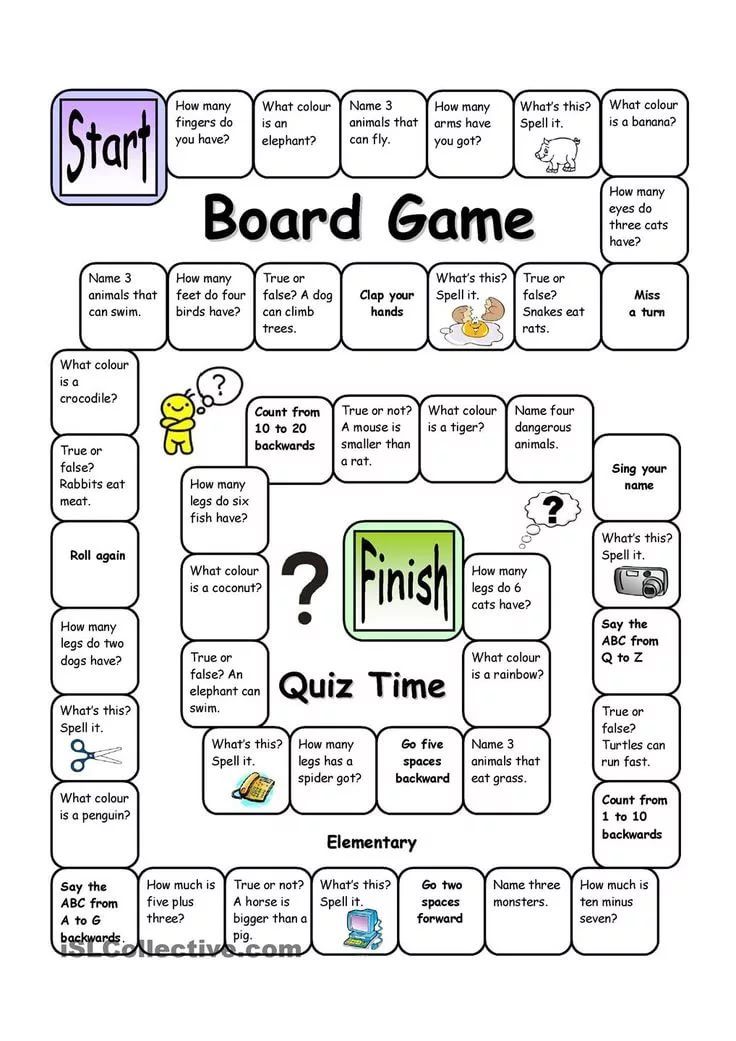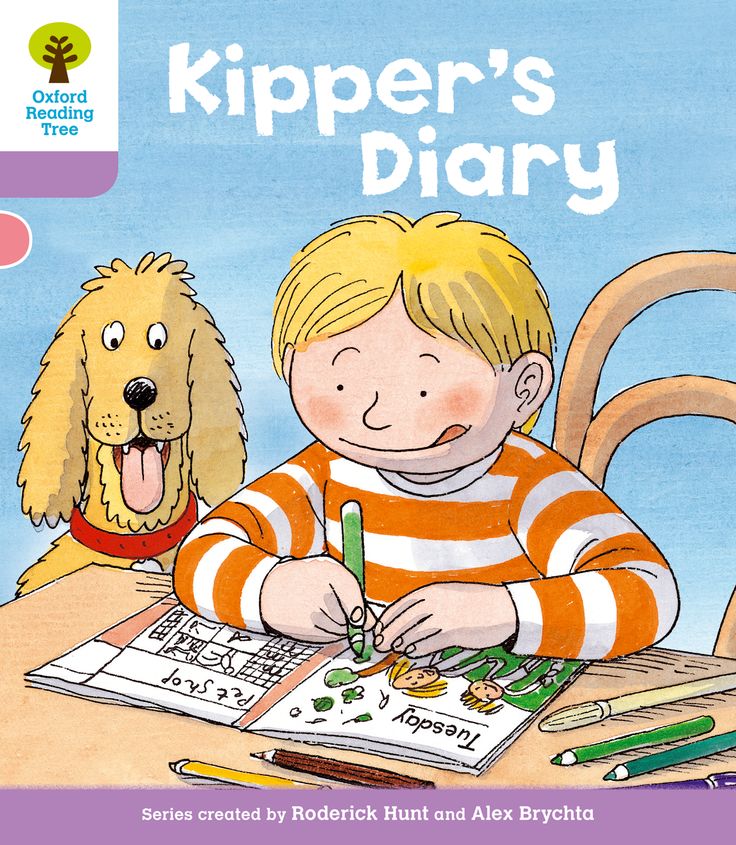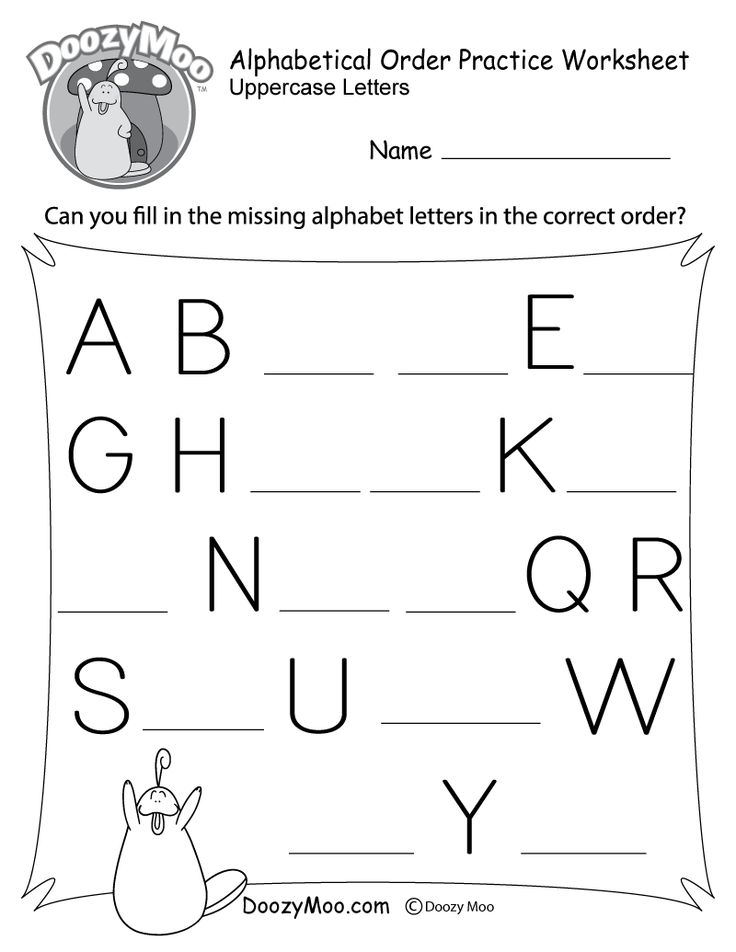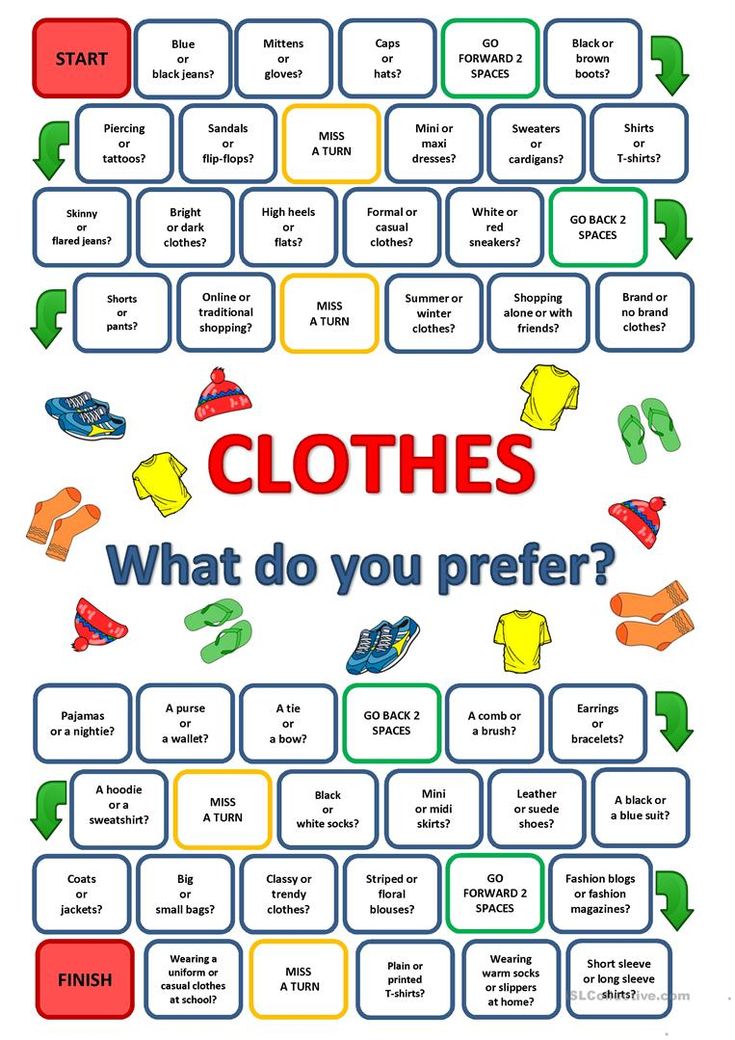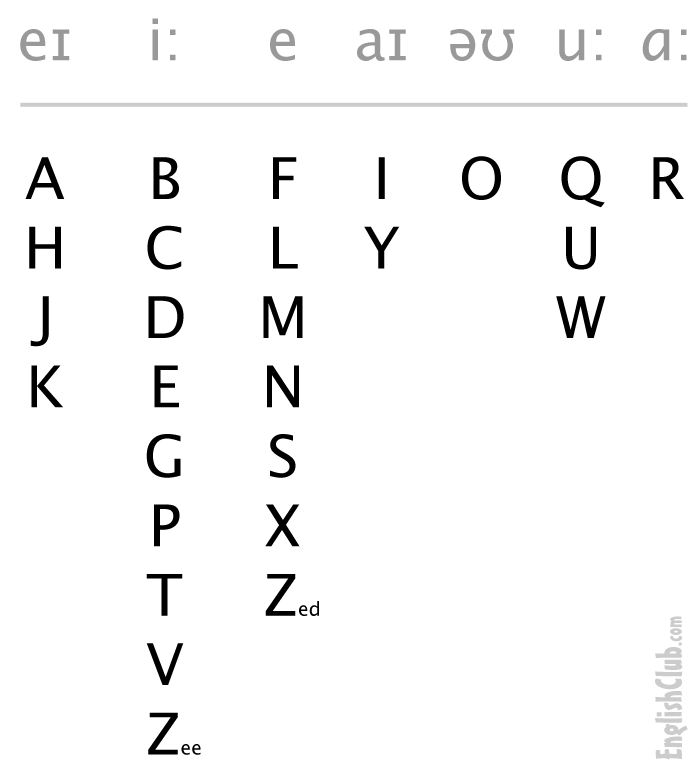Measuring reading levels
Understanding Reading Levels & How They Are Assessed | Prodigy
When your child is first learning to read, reading levels are an important tool for helping them move forward without the struggle. But did you know even older readers can benefit from being matched with the appropriate reading level?
In this article, we’ll discuss how reading levels are used and how your child’s level is determined. With the right reading materials, your child can master reading and enjoy it for years to come!
What are reading levels?
Reading levels are a detailed way to pair your child’s reading ability with books they can successfully read and understand.
Reading levels are an effective way to measure a child’s reading progress. If your child is primarily reading books at or just above their determined reading level, they are more likely to find reading enjoyable.
As parents, we’ve all seen how reading can become frustrating. If a beginner reader tries to read a book that is far beyond their abilities, they may simply decide that reading is just too hard. And this frustration can create an overall dislike of reading and books. This is what leveled reading strives to avoid.
How is your child’s reading level assessed?
There are several different methods for measuring your child’s reading skills and classifying the books they will read.
We’ll be discussing the four most popular leveling systems in the next sections. Read on for the details on the GRL, DRA, AR and Lexile reading level measurements.
Guided reading levels (GRL) explained
Guided reading levels, or GRL, are based on the reading levels system developed by Irene Fountas and Gay Su Pinnell. For this reason, you’ll also often see GRL called Fountas & Pinnell.
This system classifies reading levels alphabetically from A to Z, with A corresponding to the earliest readers and Z falling in line with texts at or above an eighth grade level.
Books are grouped into the appropriate level based on the following considerations:
- Word repetition
- Sentence length
- Total word count
- Sentence complexity
- Number of different words
- Inclusion of supportive illustrations
- Amount of high-frequency (or most common) words
Because several GRL levels fall into each grade level, this is a precise way to classify reading materials.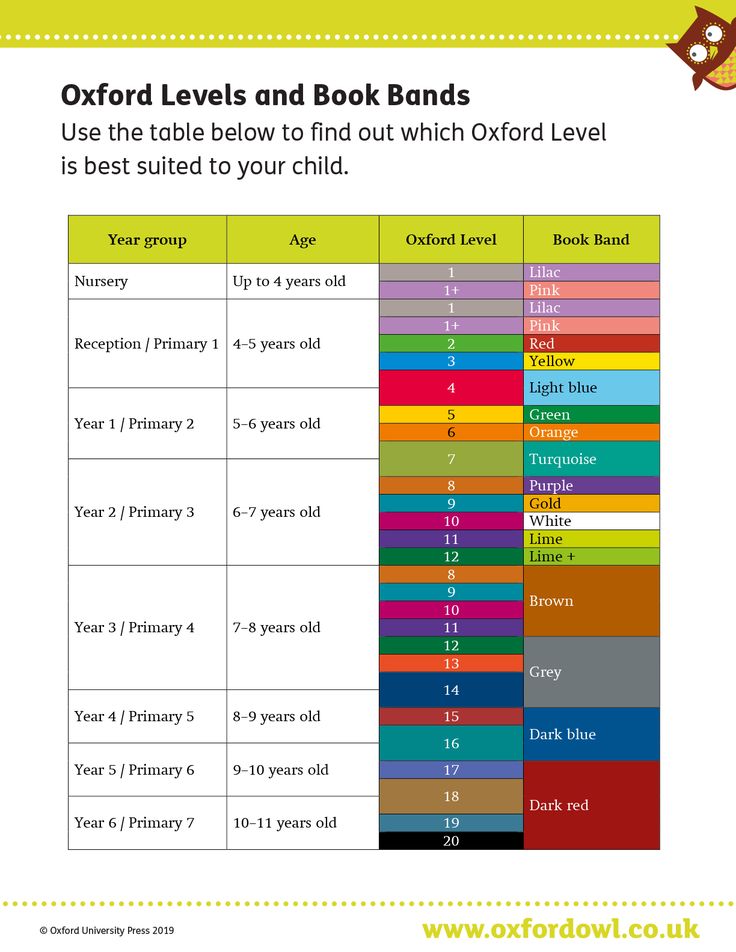 Not all second graders read at one level. But when second grade is split between levels I, J, K, L and M, more children will be able to find the right books to keep their motivation and confidence high.
Not all second graders read at one level. But when second grade is split between levels I, J, K, L and M, more children will be able to find the right books to keep their motivation and confidence high.
Developmental Reading Assessment (DRA)
The DRA, or Developmental Reading Assessment, helps identify how well students are reading independently.
This system matches the child with books on a numbered reading scale from 1 to 80 (it actually starts with A, but then all other levels are numbered. Confusing — yes, but unless your child is at the very beginning of reading, look for a number).
Your child’s score on the assessment is based on how well they perform against grade-level standards. The DRA looks at your child’s reading ability in three areas.
- Reading fluency
- Reading accuracy
- Reading comprehension
Like GRL, the different grade levels contain several DRA levels. For example, second grade includes DRA levels 18 to 28.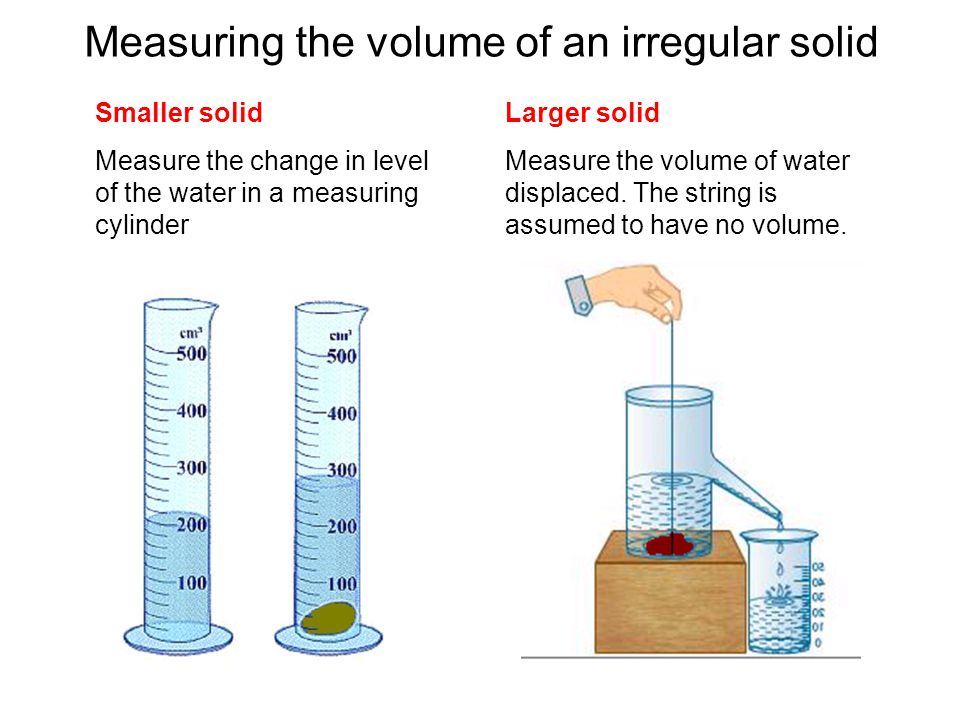 Once your child’s reading level is determined, they will be paired with leveled books to help them progress and improve.
Once your child’s reading level is determined, they will be paired with leveled books to help them progress and improve.
Lexile measurement
The Lexile framework for reading is a measurement system that includes two different measures — both a student assessment and a system for measuring book levels. Your child’s Lexile reading measure is determined from a school or state-wide test that checks for reading comprehension.
A Lexile reader measurement can fall between BR for beginning readers (which is below 0L), to above 2000L. Your child’s reading level can then be paired with books using their Lexile text measurement.
Over one million books, websites and other texts have received a Lexile text measure. Lexile recommends choosing books or texts for your child that fall between 100L below to 50L above their reading measure. This is deemed your child’s reading comprehension sweet spot.
Don’t know where your child falls? Talk to their teacher to see if their school uses the Lexile assessment. If so, they can provide you with your child’s most current measure.
If so, they can provide you with your child’s most current measure.
The Lexile framework is great for pairing more advanced readers with books that are still age-appropriate. If your child is reading above their level in the third grade, you don’t necessarily want them reading books with themes meant for seventh graders. Ask their teacher or use the Lexile website to discover age-appropriate books that will still hold their interest.
Accelerated Reader (AR) Levels
Your child’s Accelerated Reader (or AR) level is determined from a computerized test. After reading a book of their choosing, your child takes an online test on the book to measure their reading comprehension and earn points.
Based on the test score, your child’s teacher or librarian can help recommend more books to match your child’s level. If they struggled with their last book, easier options will be given. If they had zero trouble understanding the book, they’ll be encouraged to choose more difficult texts moving forward.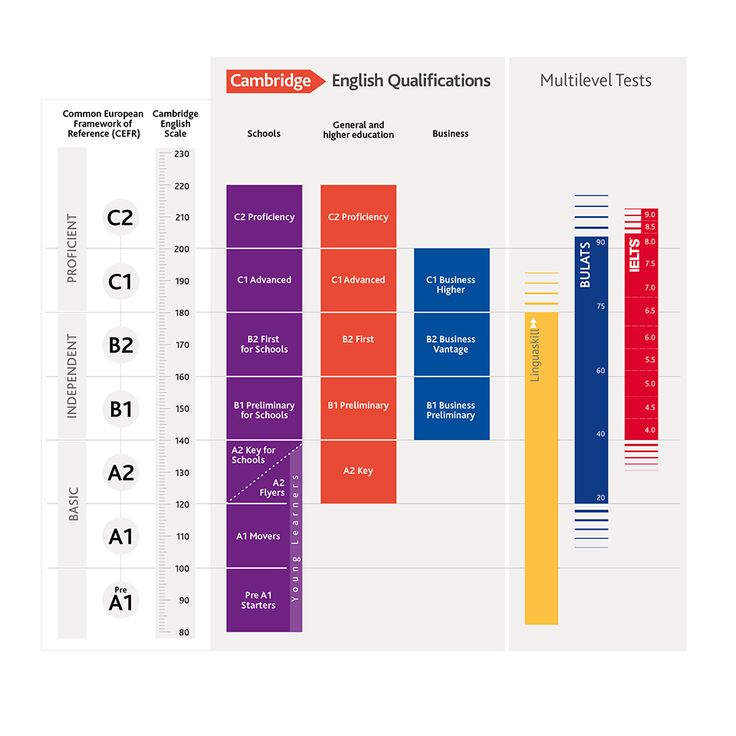
The AR reading levels fall on a numeric scale that closely correspond with expected grade levels. A second grader in the fourth month of the school year will, on average, be reading books at level 2.4. A fourth grader in the first month of the year will average level 4.1, and so on.
Reading level correlation chart
We’ve discussed several different reading measures, but how do they correspond with expected grade levels? And how does each measure relate to the others?
Use this handy chart from Reading A-Z to see how your child’s reading level fits into the different systems. Or check out the one below from Traci Clausen.
Reading level FAQs
1. How can I find level-appropriate books for my child?
First, ask their teacher or the school’s librarian for recommendations. They know your child’s interest and reading ability better than any computer resource. They will also be up to date on children’s books, including what is on level but also age-appropriate for your child.
There are some great resources online for finding leveled readers your child will love:
- Find the right books that match your child’s Lexile measure.
- Check out the Accelerated Reader Book Finder if your child uses Accelerated Reading.
- Use the Scholastic Book Wizard to discover a book’s level or to find leveled recommendations.
2. How can I help my child improve their reading?
The short answer — encourage them to keep reading, whether they’re using books or online programs.
The more exposure they have to books, the better. Just be sure to choose book topics that lineup with their interests. Does your second grader love dragons? Try a simple fantasy chapter book. Does your fourth grader adore lemurs? Look for children’s non-fiction books about the creatures of Madagascar. If it’s something they’re interested in, they’ll be excited to read and learn.
If it’s a struggle to get your child to pick up a book, don’t stress! There’s reading to be found everywhere.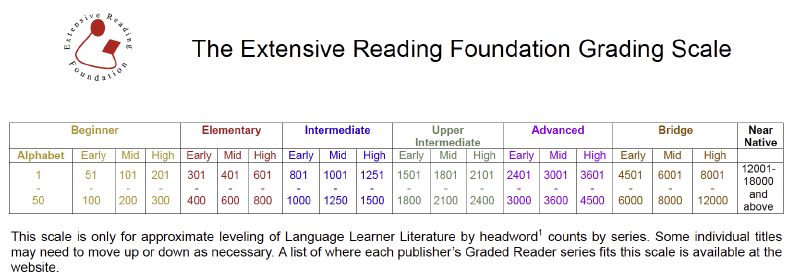 Instead of arguing over reading time, invite your child to play an online game. Role-playing games (and even those online mini-games) require a good amount of reading. Or choose educational language arts games like Prodigy English. Games keep learning fun, and when your child loves learning and reading, they’ll be set for life!
Instead of arguing over reading time, invite your child to play an online game. Role-playing games (and even those online mini-games) require a good amount of reading. Or choose educational language arts games like Prodigy English. Games keep learning fun, and when your child loves learning and reading, they’ll be set for life!
3. What should I do if my child is struggling with reading?
First off, take a deep breath. There is so much pressure on both kids and parents to be reading earlier and earlier. It’s okay if your kindergartener isn’t reading yet. If your third grader is reading at a second grade level, they’ll catch up. Your primary role as a parent is to encourage them to keep trying, and keep their confidence and joy of reading top of mind.
To help encourage young or struggling readers, match them with books they are excited to read. Take them to your local library and let them choose the books that call to them.
If a book is beyond their level, but they just have to have it, let them enjoy it. It may be just the challenge they need, or they may simply enjoy the pictures. If it’s too tricky, let them know that you’re available to help. Your child is never too old to enjoy a read-aloud.
It may be just the challenge they need, or they may simply enjoy the pictures. If it’s too tricky, let them know that you’re available to help. Your child is never too old to enjoy a read-aloud.
And don’t forget the reading that happens every day. Have them help you read the recipe for tonight’s dinner. Or ask them to show you their newest video game. Listen as they explain the characters and stories. Reading comprehension presents itself in a variety of ways outside of books and standardized testing.
Above all, remember your child is learning so much more than their reading level score can show. Reading levels can be a great tool, but they are not the only measure of your child’s reading ability. Follow your child’s lead, take the pressure off and watch them grow into reading in their own way.
Reading games and activities can help supplement coursework
Reading can be so much fun! It’s too easy to get caught up in grade levels, whether your child is “ahead” or “behind”.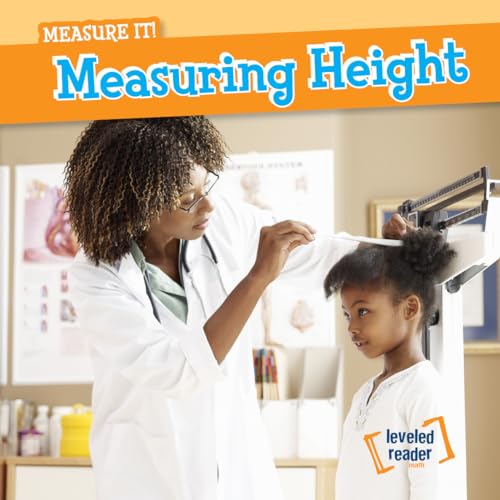 All of this can make us lose track of the magic a good story holds.
All of this can make us lose track of the magic a good story holds.
Bring some of that magic back with fun reading games and activities your kids will love. There are so many ways to read, explore and learn together.
Explore a fun, game-based learning adventure with Prodigy English. While kids play, they'll explore a world of their very own, gathering resources and earning rewards. Every skill-building question they answer gives them more energy to get creative and keep learning!
Sign up for a free parent account today to track and motivate their learning.
Sign up nowHow to Determine Reading Level and Find the Right Books for Your Child
One of the most effective ways of ensuring that a child is learning to their full potential is making sure that the books they read match their current reading level, while also giving them a little bit of a challenge to expand their mind.
Having a ballpark idea of your child’s reading level can help make a difference in how much he enjoys reading.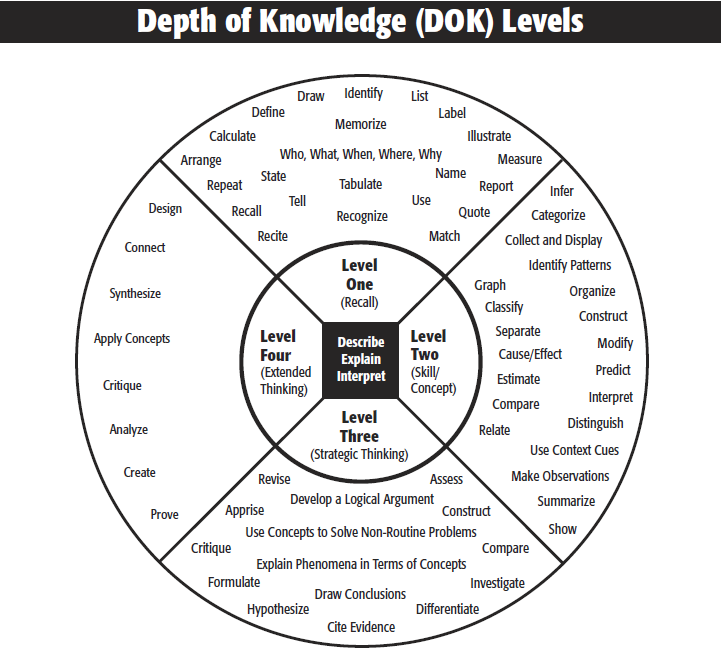 Giving a child materials that are well below their reading level can easily translate into boredom, while giving material that is too difficult can spell frustration.
Giving a child materials that are well below their reading level can easily translate into boredom, while giving material that is too difficult can spell frustration.
This is why teachers and other members in the educational community work on determining the reading levels of texts in order to make recommendations that are appropriate for the child’s capabilities.
How Do I Determine My Child’s Reading Level?In order to choose books that are best suited to your child’s reading level, it’s a good idea to determine their current reading level.
The following are ways to find out this information:
- Ask your child’s school for his reading level. Schools usually test the students’ reading level, but if your school doesn’t have that information, proceed to the next step.
- Find a book that you believe matches your child’s reading level. Next, let them read aloud while you take note of words that they read incorrectly. Then, calculate the Percent Accuracy described above by dividing the number of words correctly read by the total number of words in the selected passage.
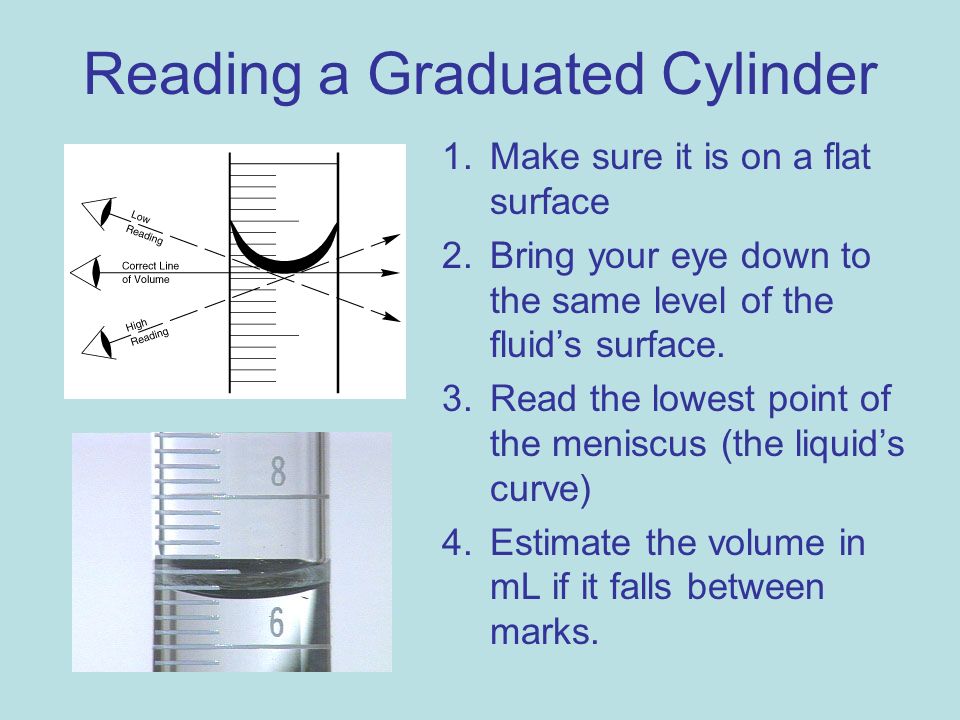
- Alternatively, you may want to find a reading assessment tool online. The Internet has many places to give your child a reading assessment test.
Here are some reading assessment tools available online:
- San Diego Quick Assessment of Reading Ability
- Reading A-Z’s Benchmark Passages
- English Club Reading Comprehension Test
- Macmillan Readers Level Test
Alternatively, if you would like to know your child’s reading level on an informal basis, and not as a straight-cut figure, you can also determine this on your own at home. Here are some ways you can do this:
1. Check the reading level of their favorite books.Most books geared toward children have this information on their back cover. Look to the bottom part where you find the initials RL and a number, such as RL 3.2
The first number refers to the grade, and the second number the month of schooling of the typical child whose vocabulary allows them to understand the text.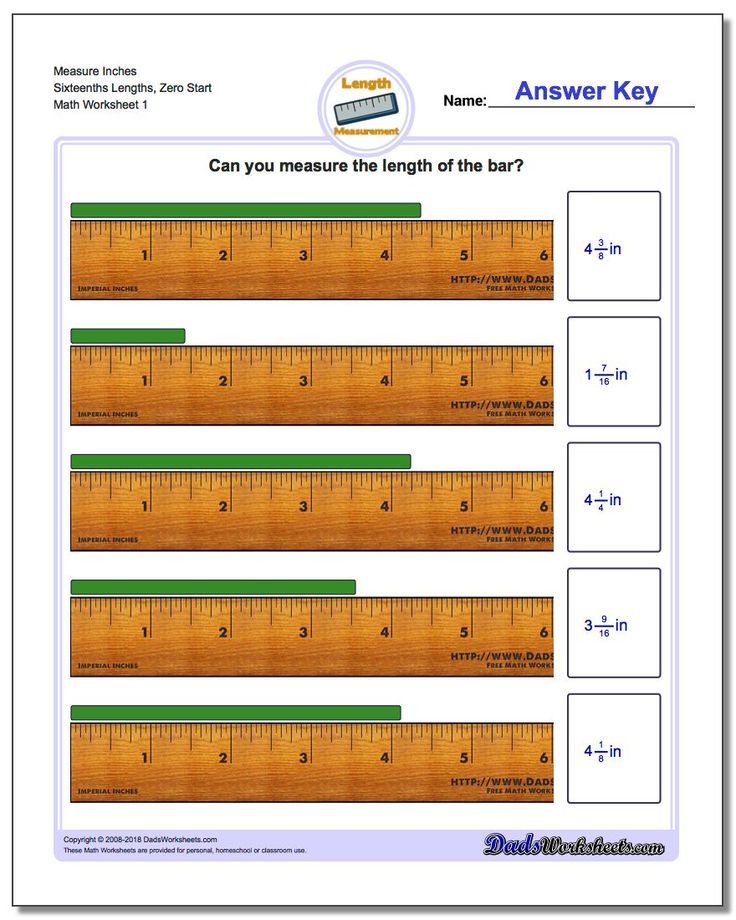 So RL 3.2 means the book was written for the typical third grader in the second month of the school year.
So RL 3.2 means the book was written for the typical third grader in the second month of the school year.
Of course, remember that these are usually just benchmarks, and may not always be an accurate gauge, but they should be good enough to help you find books that your child can read comfortably.
2. Find book recommendations for children within your child’s age range and educational background.The book recommendations you use will depend greatly on the kind of education your child has been receiving. For example, a homeschooled child will most likely have a different reading level than one in public school, simply because of greater one-on-one instruction and opportunities for reading.
This means that, if your children are in public school, you will likely do well following recommended books by public school teachers. If you are homeschooling, check the book recommendations for your child’s age range based on the homeschool method you are using.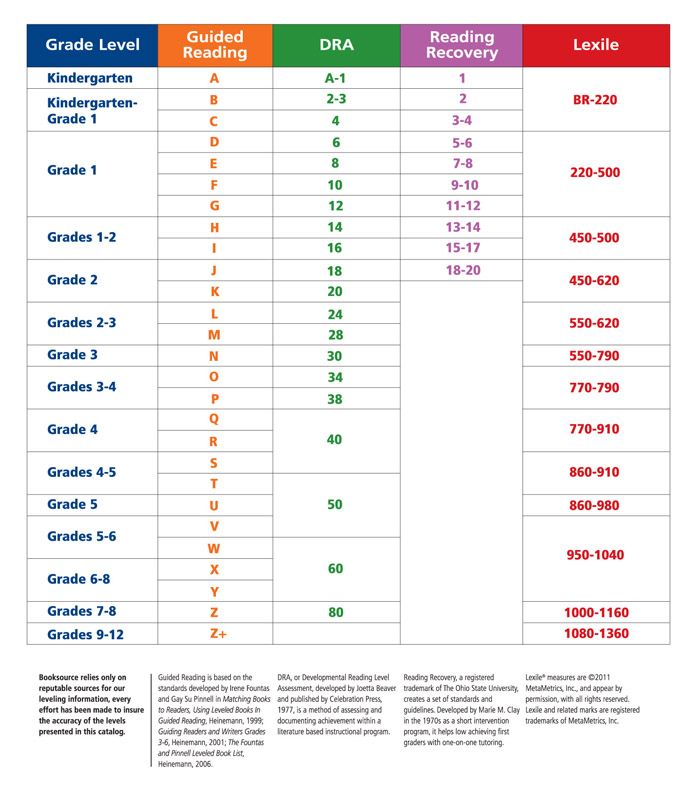
For example, children educated using the Charlotte Mason method tend to read several levels above their grade level, so take that into account.
3. Try a level above the current reading level of their favorite books.Alternatively, you may want to perform a little test by finding books that are a few notches higher than the child’s current reading level. Sometimes, children become relaxed and enjoy books where they can read all or almost all of the words.
But because you want to help them build fluency, you should include books that introduce new words. So don’t be afraid of, say, introducing books at a RL 3.4 or 3.6 if your child is currently comfortable at RL 3.2. As they improve, you can also slowly move up the scale.
What Are the Different Reading Levels?When it comes to the reading level of texts or books, we can divide them into the following:
Independent LevelThis level refers to a text in which about 1 out of every 20 words is challenging for the reader, for a reading accuracy of 95%.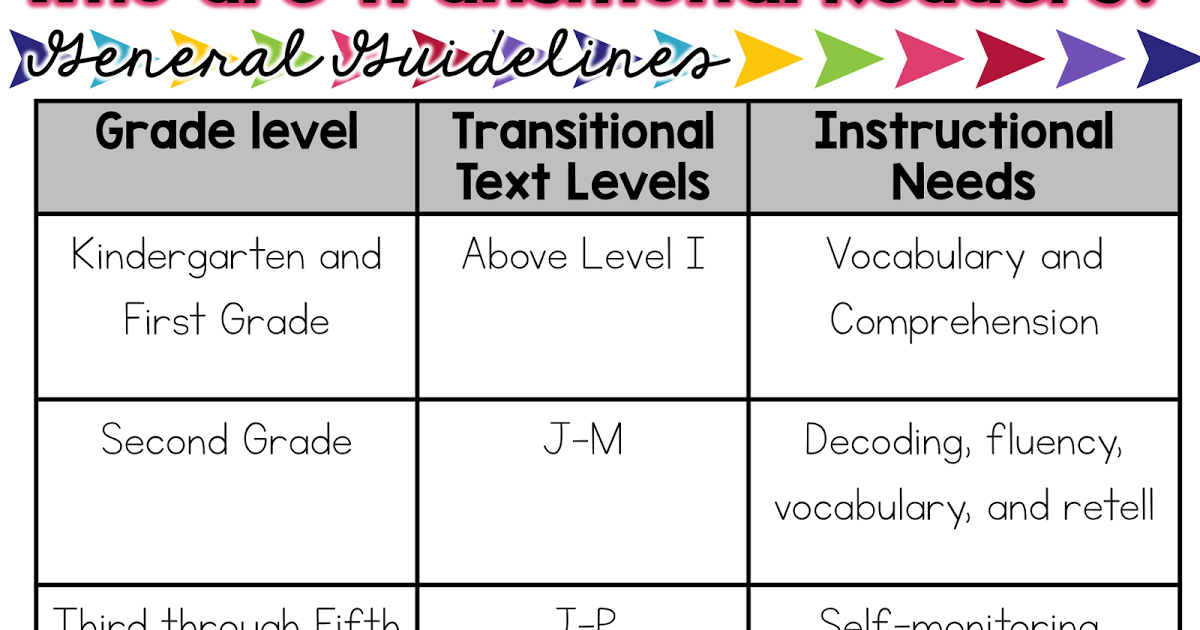
These books are best for students who read independently, needing zero or little support. These kinds of books are best used for building fluency.
Instructional LevelThese books have about 1 out of every 10 words challenging for the reader. This means that the student can understand 90% or more of the words.
Students assigned these books often still need instructional support, making these texts good for small group instruction where the teacher can give needed assistance.
Frustrational LevelThese books contain more than 1 of 10 words that are too difficult for the student, for an accuracy level of 90% or lower.
They are usually used with extensive instruction and support. These books are best used for one-on-one instruction.
Teachers can determine whether a certain text is appropriate for a student by doing the following calculations based on the accuracy of student’s reading:
Step 1.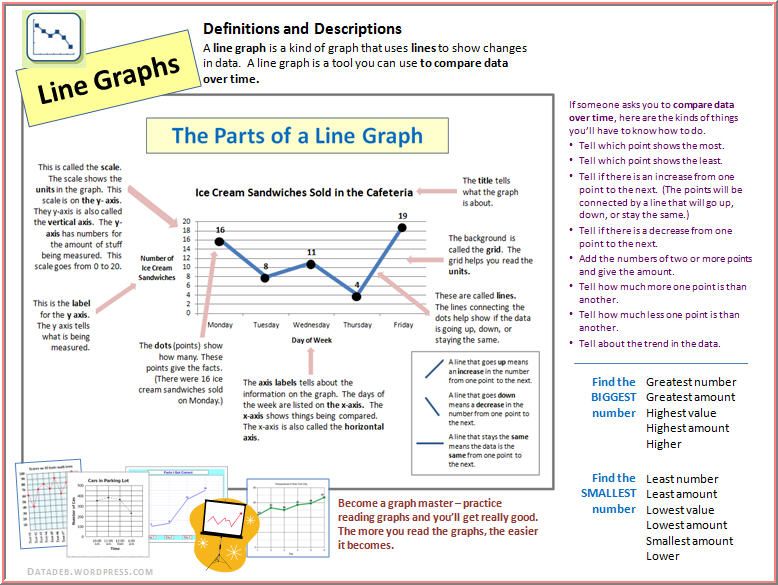 Compute the Percent Accuracy Level
Compute the Percent Accuracy Level
- Divide the number of words that the student reads correctly by the total word count.
- For example, if the student correctly reads 106 words out of 110 total words, the accuracy level is:
106/110 = (0.96) or 96%
Step 2. Compare the Percent Accuracy Level to the levels of reading.
- If the Percent Accuracy Level is 95% or more, the book can be considered within the child’s independent reading level.
- If the Percent Accuracy Level is 90-95%, the book may be at the instructional level.
- If the Percent Accuracy Level is 90% or less, the book fits into the child’s frustrational level.
Although we don’t really recommend being too meticulous about reading level figures, it’s important to have an idea of what books your child can be comfortable reading. This also helps you decide what books will challenge and expand their vocabulary and comprehension.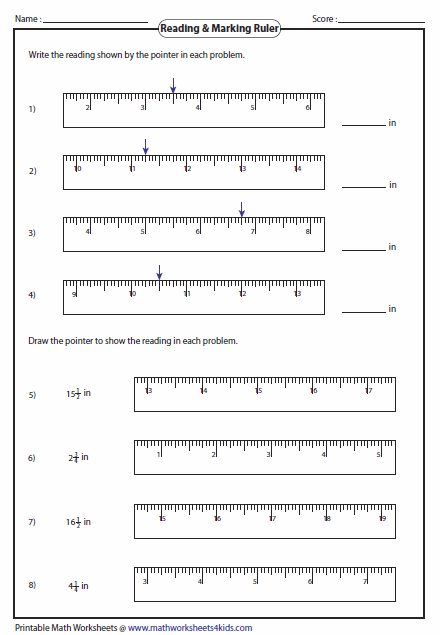
From this perspective, you can be more effective at moving your child from one step to the next, paving the way for their reading enjoyment and learning success.
Did you find this post helpful? Let us know in the comments below!
If you enjoyed this post, then you might also like:
- 15 Best Children’s Books of 2019: Inspiring Reads for Little Ones
- How to Teach Kids to Read: Tips, Resources, and Books for Getting Started
- Read-Aloud Books: The Best Websites for Kids
- How to Get Kids to Read: 7 Dynamite Techniques for Encouraging Young Readers
Yen Cabag
Yen Cabag is the Blog Writer of TCK Publishing. She is also a homeschooling mom, family coach, and speaker for the Charlotte Mason method, an educational philosophy that places great emphasis on classic literature and the masterpieces in art and music. She has also written several books, both fiction and nonfiction. Her passion is to see the next generation of children become lovers of reading and learning in the midst of short attention spans.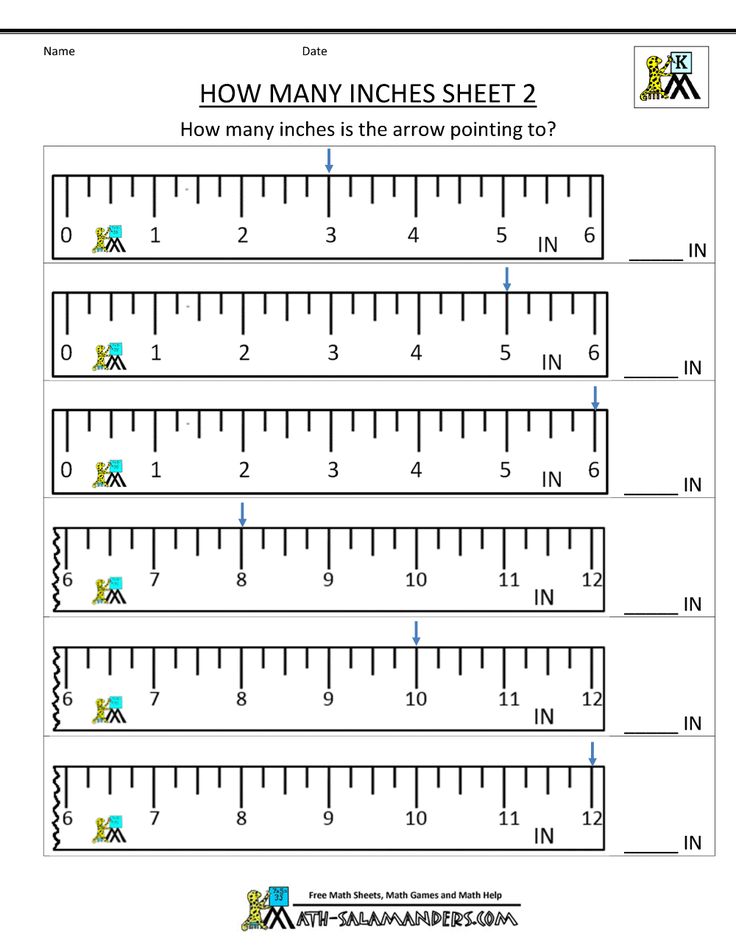
Read speed test. Online simulator for developing reading speed and awareness skills in 2021!
Reading speed is an important indicator not only for schoolchildren, who regularly check it. It is very important for an adult in the modern world to be able to navigate in huge flows of information. A reading speed test will help you determine your current level and see if you need to work on improving this skill or if you are reading fluently enough.
Content
1. How to check reading speed?
2. How can I check my reading speed myself?
3. How to test a child's reading speed?
4. What reading speed is considered normal for adults and children?
5. How to choose the right text to test reading speed?
6. The book "Everything you wanted to know about speed reading, but were afraid to ask"
How to check reading speed?
The easiest way is to take a stopwatch (you can use the application on your phone), a text to check your reading speed and read it at a normal pace for one minute.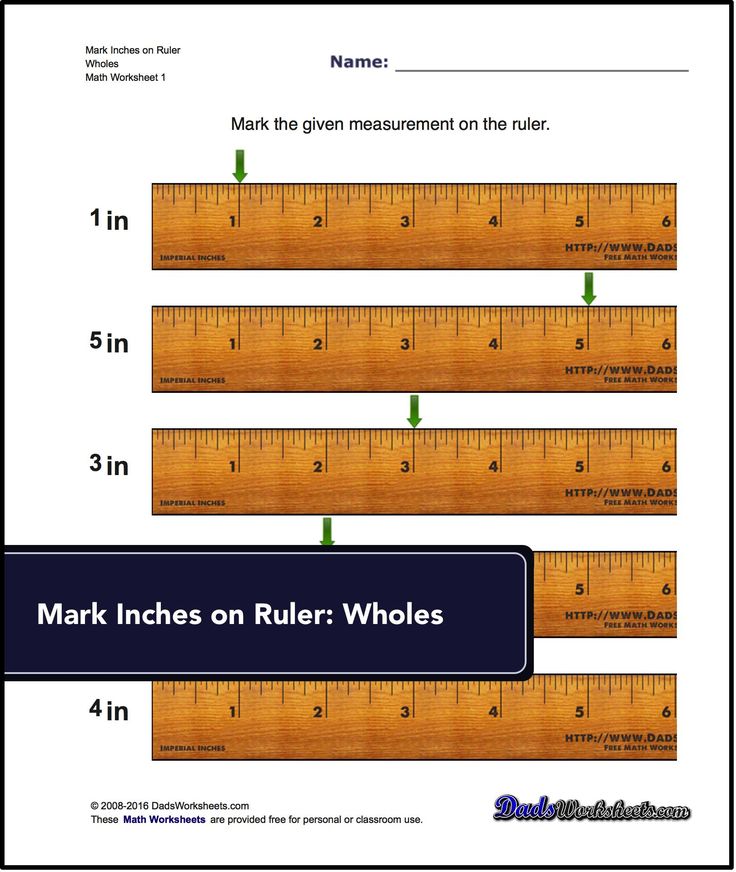 It is important that the text is non-technical, does not contain highly specialized terms and concepts, and is not familiar to the reader. The text should not be too primitive. The testee must see the text for the first time so that the results are not artificially inflated.
It is important that the text is non-technical, does not contain highly specialized terms and concepts, and is not familiar to the reader. The text should not be too primitive. The testee must see the text for the first time so that the results are not artificially inflated.
But what do you care about speed, if you don't understand with what awareness you absorb the text? :)
A much better way to find out your reading speed is to take a free online test. To do this, sit back, enter your name in the form above, press the button and you will immediately see the text that you need to read, slowly, trying to understand everything that is written.
When the entire text is read - click on the button at the very bottom. The program will automatically determine the reading speed and prompt you to answer a few questions to understand the degree of assimilation of the material. As a result of testing, you will receive not only the result of your reading speed and awareness, but also recommendations for improving your reading technique in the format of the book "Everything you wanted to know about speed reading, but were afraid to ask.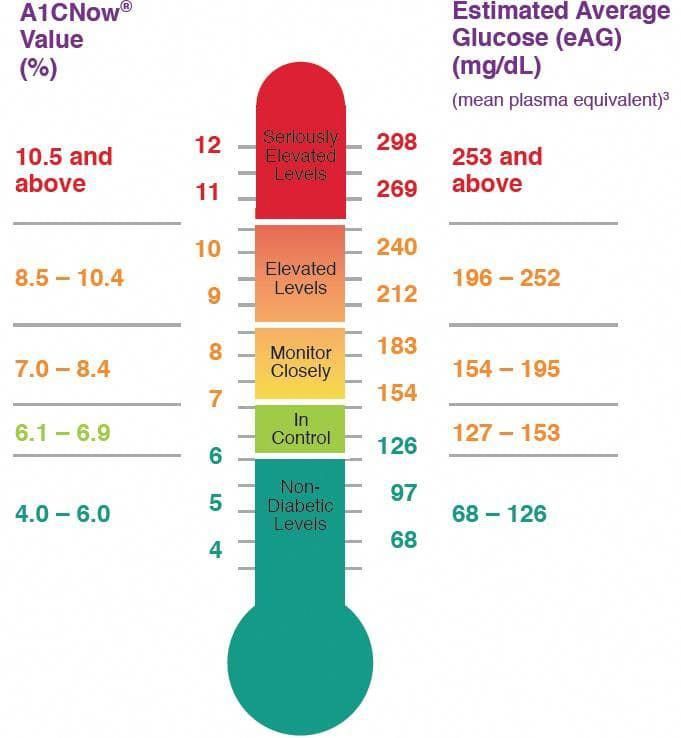 " Enter a name. Click the button and find out your real reading speed. Have a good day.
" Enter a name. Click the button and find out your real reading speed. Have a good day.
How can I test my reading speed myself?
We have prepared for you a tool with which you can independently check the speed of reading. Our tool include a certain amount of text that you need to read as quickly as possible. You will then have the opportunity to answer a series of questions about the text, allowing the program to determine your level of understanding. Based on the data received, a result and a certificate are issued. This certificate can be shared with your friends on social networks and challenge them to a battle to test the speed and awareness of reading :).
If you want to do it yourself, you can do it according to the following scenario. A text of medium complexity is taken, located on one sheet. You will need an assistant who will keep track of the time and will be able to test the level of your understanding of the information. Check algorithm:
Simultaneously with the start command and the start of the stopwatch, you begin to silently read the text.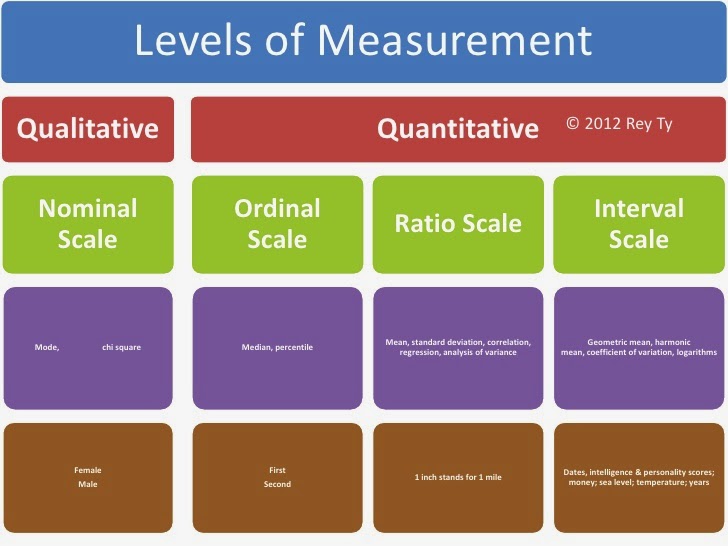
When the text is finished, you say stop - time stops.
Then you need to answer a few questions regarding the content (reading speed implies a full reading comprehension).
The last step is to count the words in the text and determine the average number of words per minute (words in the text can be counted before reading).
This is the certificate you can get based on the results of passing the test
How to check the reading speed of a child?
A child's reading speed can be tested in a similar way. The child should read aloud, at least in elementary school. Then you can switch to the usual way of checking for adults.
Schools often test reading skills by counting the number of words read per minute. This gives a small error, since words come in different sizes, but a similar verification method can also be used.
What reading speed is considered normal for adults and children?
The average reading speed for an adult is 200-230 words per minute. Below average, but an acceptable rate is 150-200 words per minute. Adults who read more than 230 words per minute are considered fast readers. For the speed reading technique, the optimal speed is 350-400 words per minute.
Below average, but an acceptable rate is 150-200 words per minute. Adults who read more than 230 words per minute are considered fast readers. For the speed reading technique, the optimal speed is 350-400 words per minute.
In children, the indicators are dynamic and change depending on age. Approximate norms used in elementary school:
20-30 words per minute for first grade;
45-60 words per minute for second grade;
70-85 words per minute for third grade;
90-125 words per minute for fourth grade.
How to choose the right text to test reading speed?
The criteria for selecting text to test reading speed are identical for adults and children. The only difference is the volume and complexity of the information. The text must match the following parameters:
medium difficulty appropriate for age;
the absence of specific unfamiliar words or their minimum number;
no dialogs;
location on one page;
large, comfortable to read font;
lack of pictures and other distracting elements.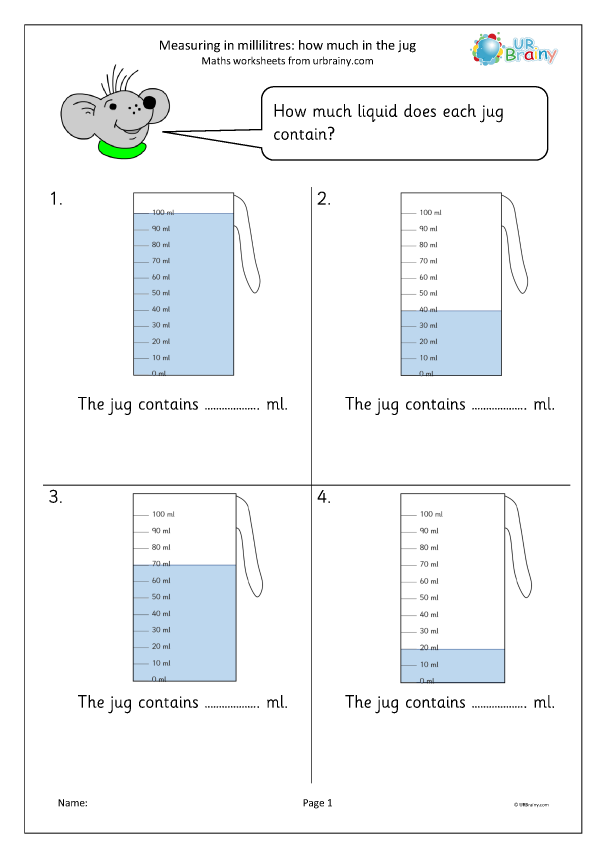
In our tool for testing reading speed and comprehension, we tried to take into account all these factors so that the resulting tool would be convenient for both adults and children. At the same time, he gave a fairly clear answer to the question about the real reading speed.
It should be remembered that reading speed is a variable parameter, which decreases if a person rarely sits down at a book, and increases with constant reading. There are many special techniques aimed at significantly increasing the speed of reading text information.
Everything you wanted to know about speed reading but were afraid to ask test. So don't waste a second,
go back to the very top of the page and go take the test!Reading speed test online is simple, convenient and fast
We have already written so much here about how to correctly measure your reading speed, achieve awareness and interpret the results, that every second of delay before you pass the online reading speed test and receive a personal certificate is just like death.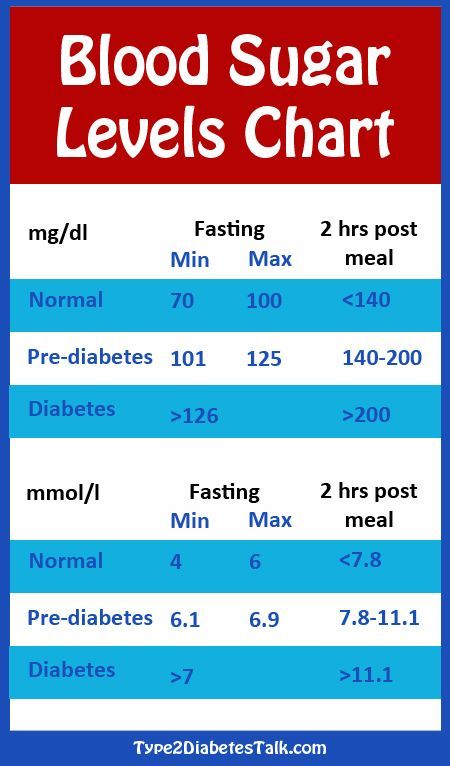 Return to the very beginning of the page, enter your name in the field under the video and go to the enchanting world of unfamiliar texts and tricky questions :).
Return to the very beginning of the page, enter your name in the field under the video and go to the enchanting world of unfamiliar texts and tricky questions :).
📖 Reading speed Q&A section
📕 What formula is used to calculate reading speed?
If it’s very short, then the formula for calculating the reading speed is as follows: V = (Q / T) x K. This formula allows you to get a real figure for reading speed with a correlation to the coefficient of meaningfulness. You can read more about the formula here in this article .
📗 What books do you recommend reading to develop speed reading?
We have compiled a list of the most useful books for the development of speed reading and posted it in a separate post on the blog. The list is constantly updated and gives an idea of the main books with which you can develop speed reading skills.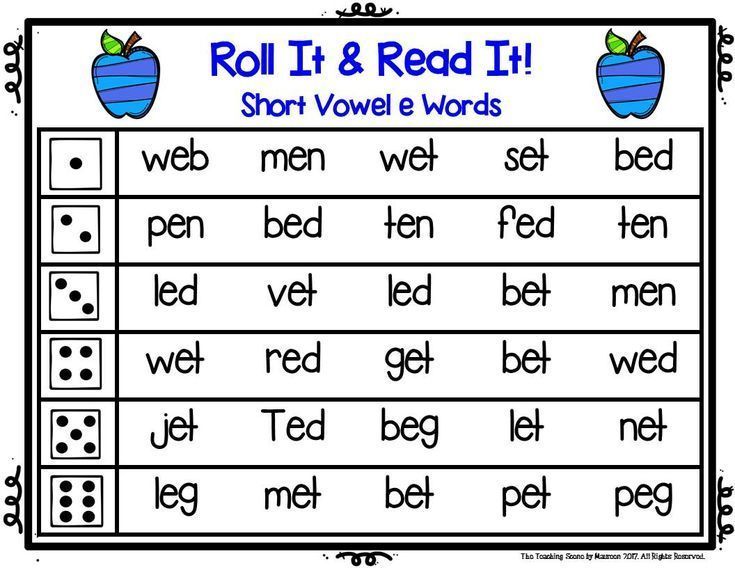
📘 What if I want to increase my reading speed?
You can start by learning the theory, or you can download our workbooks , which we have created especially for those who who wants to start learning speed reading. There are two of them: one notebook for adults, the second for children. Contains some theory and practical exercises designed for several weeks of regular classes.
📙 How to check a child's reading speed?
The reading speed test, which is located on our website, is suitable for both adults, as well as for children. We specifically tried to choose mostly literary texts that will be easy to read. to understand the child. Just go to the reading speed test page from the link above, enter child's name and start reading. Then the program will do everything for you.
📔 I want to check my reading speed online for free.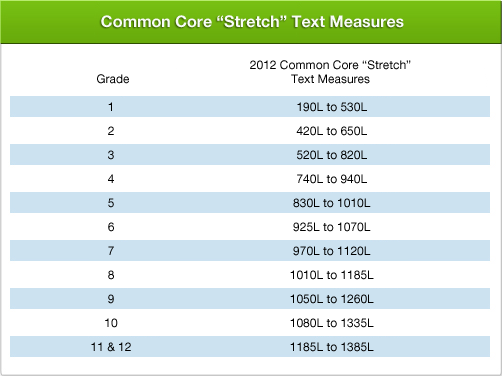 How to do it?
How to do it?
Easier nowhere. The tool, which is located at https://bukva.info/rapid/ , was created just for this. You just enter your name, read the text and answer the questions. The program monitors the speed of your reading and its meaningfulness. After answering the questions, you will receive a certificate with your result. The certificate can be shared with friends in social networks :).
📓 What is the "Read Fast" project?
Read Fast is a project dedicated to the problem of fast and conscious reading. We believe that you can read 3-4 times faster. However, the quality of memory reading material will only increase. Let's try together :).
Setting reading goals in the Books app on iPhone
The Books app helps you keep track of how many minutes you spend reading each day, as well as how many books and audiobooks you read or listen to throughout the year. You can set goals to spend more time reading, set new reading time records, and share your progress with friends.
Change your daily reading goal
You can set your daily reading goal depending on how many minutes you want to read every day. If you haven't set your daily reading goal, it will default to 5 minutes a day.
-
Tap Reading Now, then swipe down to Reading Goals.
-
Touch Adjust Target.
-
Drag the counter up or down to set the number of minutes you plan to read per day, then tap Done.
When your daily reading goal is reached, you will receive a notification from the Books app. Tap this notification to view the details of your achievement or share it with your friends.
To make sure you get a notification when you reach your daily reading goal, go to Settings > Notifications > Books, then turn on "Allow Notifications".
To count PDF files towards your reading goal, go to Settings > Books and turn on the Include PDF option.
Change your yearly reading goal
After you finish reading a book or listening to an audiobook in the Books app, a collection of "Books read this year" appears below the Reading Goals option.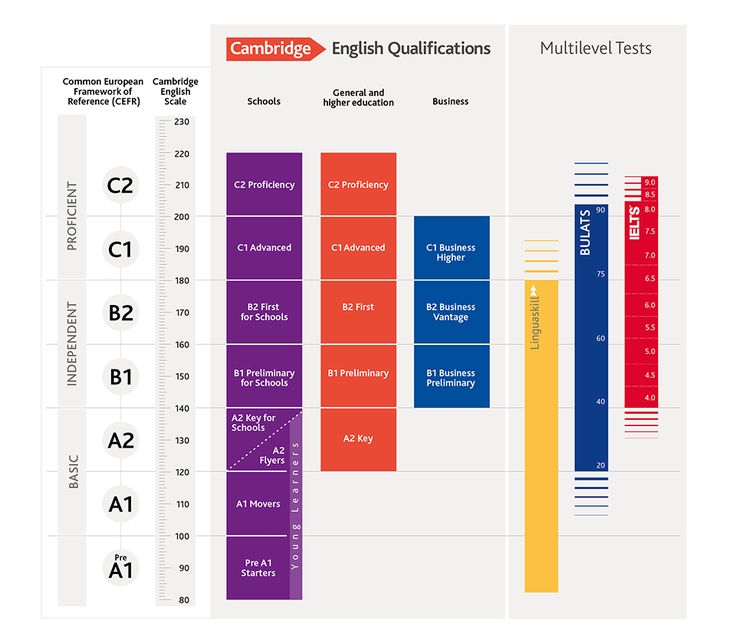 The default annual reading goal is 3 books, but you can expand or shorten your goal depending on how many books you plan to read.
The default annual reading goal is 3 books, but you can expand or shorten your goal depending on how many books you plan to read.
-
Tap Reading Now, then swipe down to Books Read This Year.
-
Tap the placeholder square or book cover, then tap Adjust Target.
-
Drag the counter up or down to set the number of books you plan to read in a year, then tap Done.
When your annual reading goal is reached, you will receive a notification from the Books app. Tap this notification to view the details of your achievement or share it with your friends.
View reading periods and highs
In the Books app, you can see how many days in a row you have reached your daily reading goal, and if you set a high, you get a notification.
To view your current reading period and high score, tap Reading Now, then swipe down to Reading Goals.
Turn on hints
You can turn on hints to remind you to move forward towards your reading goal and help you achieve it.